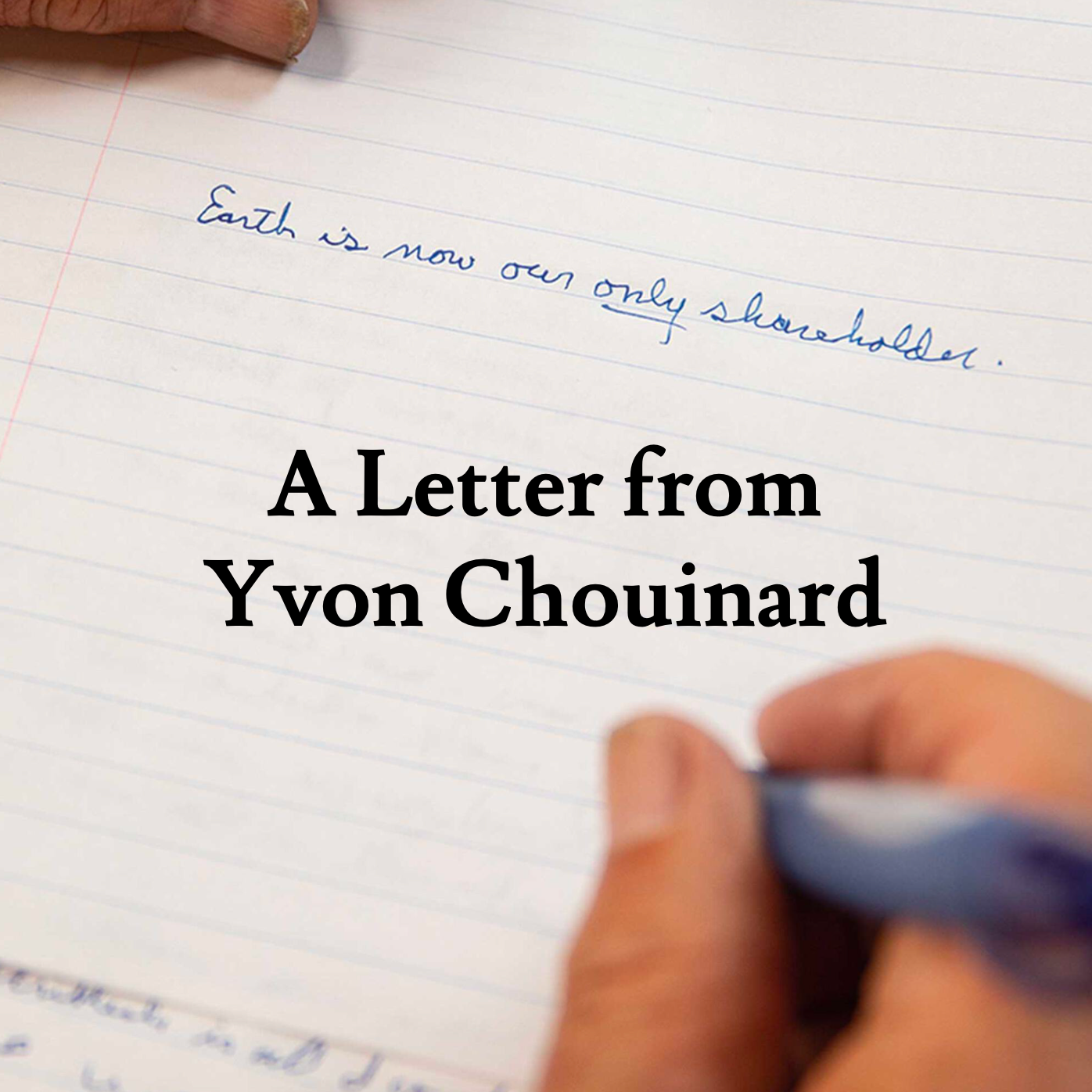It doesn’t matter if you’re tending a small pot of herbs and living out of your van, or if you wanna go full Joske and move to a remote corner of Oz and dedicate your life to growing food, every garden counts.
Let’s start with the why.
Gardening itself is an act of hope. No one plants a seed and doesn’t hope for it to sprout and grow. When you put that seed into the ground, you’re harnessing the very best of human nature. Love, care, hope. That little seed wants to grow, but for it to flourish, you’ll have to tend to its needs, making sure that it has water, food and shelter in order to thrive. You’ll need to prepare a home for it, nourishing the soil beneath your feet. When the time comes to harvest, you’ll treat what you’ve grown with reverence, sharing it with your nearest and dearest, nourishing all involved. When it’s done, the plant that you lovingly raised, tended and harvested goes onto the compost heap and the whole beautiful cycle starts again.
It’s a simple act, but the effect on the gardener, the patch they tend, and the community they are a part of are profound. For the person that's doing the growing, there is physical nourishment of the body. The type of constant, varied, and outdoor movement required to tend a garden is exactly what our human bodies are designed to do. The food that’s grown is dense in nutrients, phytochemicals and enzymes, feeding the body with the rainbow of sustenance required for radiant health. When we’re moving well, eating well and living in hope, there’s no surprises that it positively affects our mental wellbeing too. It’s hard not to feel good as you wander around your patch in the golden evening light, picking and tasting things as you go. So powerful is gardening as a source of wellbeing that doctors have been trialling gardening as a prescription to treat depression and anxiety.
Paul and his kiddos show Heath Joske the joys of a hands-on backyard apiary. Photo Harry Triglone
It’s not all about the personal benefits either. In fact, growing a little bit of food at home is most powerful in the way that affects the world in and around our gardens.
Take for example the classic suburban backyard. For some logic defying reason, we’re big lawn lovers here in Australia. I know plenty of folks get great satisfaction from looking out on their perfectly manicured, synthetic chemically sustained, monocultural lawn. Where are the birds? Where are the insects? The trees? The flowers? The life?!
Compare this to a wild garden – a melting pot of vegetation providing food for the people that tend it while also providing food and habitat for insects, reptiles, birds and mammals. In my own garden I’ve been slowly replacing lawns with gardens and the life that inhabits my patch has exploded. Where once I was lucky to get a few sparrows visit on odd occasions, now nectar-eating birds like eastern spinebills, New Holland honeyeaters and little wattlebirds are constantly flitting about the flowers. Superb fairy wrens chitter and dart out from the shelter of the bushes to capture insects in flight. Larger parrots and cockatoos come to crack open the banksia pods and sunflower seeds. Blue tongue lizards and diamond pythons live amongst the leaf litter and bushes. Butterflies come with the warm weather and every evening the air is alive with insects, their delicate wings dazzling in the last golden rays of light. It’s fucking spectacular, and it all plays out on an urban block with a simple, well-loved garden.
This community of life that comes into being around a garden extends to people as well. Is there a higher act of community than sitting around a shared table with family and friends, sharing a meal that has been prepared with fruits of your communal labour? It’s these gatherings that bind us family and community and they are more important than ever in a world where human interaction is becoming increasingly digital.
Addy Jones and Paul kick off another great garden convo — the kind of connection that's "more important than ever in a world where human interaction is becoming increasingly digital." Photo Harry Triglone
If you want to get to know people in your broader community better, then start growing some of your own food – bonus points if you do it in your front yard or in a community garden. There’s no better currency in a community than delicious homegrown food. Once you get a handle on growing food for yourself, you’ll find that there’s only so many zucchinis, lemons or cherry tomatoes you can eat. If there’s no greater gift than the gift of giving, then wait until you give someone a free bag full of delicious homegrown produce. Watch their faces light up and next time you see them listen to the stories that they share of the meals that they cooked and the friends that they fed with that food. Shared tables, stories and sustenance, this is what community is all about.
Growers are a resourceful bunch too. Once you start feeding the soil in your garden, your eye will be constantly on the lookout for things to compost or feed to your worm farm. No more food scraps going in the bin, instead it goes to a tireless colony of microbes that are living in your compost bin, ready to turn those scraps into black gold. Old bits of timber, tin, woodchips, they’re all fair game to be turned into gardens or soil.
Growing food also tunes us into the rhythms of the natural world. Like watching the tide, wind and swell when chasing waves, gardening will have you attuned to the passing of seasons, the length of days, wind, rain, the coming and going of different insects and animals. It helps us to appreciate each season for its abundances and helps us to become more resourceful in the face of its challenges.
I could go on, but hopefully by now you’re feeling the sap rising and you’re keen to give growing some of your own food a crack.
Backyard honey for days at Paul's South Coast abode. Photo Harry Triglone
HOW TO START
One of the best things about growing your own food is that you don’t have to be cashed up to start. There are a few things that you’ll need to get the ball rolling though. If you’re totally new to growing, resist the temptation to go full backyard blitz, it never ends well. Instead start small with a few easy-to-care-for plants and once you’ve developed a bit of confidence grow your garden from there. Here’s the basics to get you started.
SUNLIGHT
First up you’ll need a spot that gets at least six hours of sunlight a day, preferably more, preferably from the morning through to the mid-afternoon, especially if you live somewhere that gets real hot in summer.
Words of wisdom from food grower and yarn spinner Paul West: "If you want to make the world a better place, then what better place to start than right at home." Photo Harry Triglone
SOIL
A good patch of ground is the easiest solution here, but don’t be dismayed if you’re in a rental with a concrete backyard or an apartment, you can still grow plenty of food in pots, containers or by signing up to your local community garden. If you want your plants to thrive, you’ll need to make sure that the soil you’re using has all the nutrients they need to pump. If you’re growing in the ground, you can add some compost or worm castings to give your soil a boost. If you’re growing in pots, start with a good quality potting mix and give it a boost with compost and worm castings.
SEEDS/SEEDLINGS
If you’re just starting out, seedlings are the way to go. Just make sure that you water them regularly! If you want to take your growing skills to the next level, some easy plants to grow from seed include zucchini, pumpkins, peas, beans, broad beans and radish.
WATER
Hate to state the obvious, but this essential often gets overlooked. Food plants are thirsty, some more than others, but in most places in Australia, you won’t be able to rely on rainfall to water your plants. As a rule of thumb, in summer water everyday (or two if it’s mild). In spring and autumn, every two or three days. In winter you can be a bit more relaxed here as the temperatures cool and the garden slows right down, water every week or so.
PERSEVERANCE
This is the tough one. Like learning any new skill, it sucks getting started. You’ll make mistakes, you’ll forget to water, plants will die. Don’t stress, it happens. It reminds me of a shirt that I saw a bloke wearing at a garden show. It read, “I don’t make mistakes, I make compost”. So, if your gardening journey involves a few dead plants and underwhelming harvests, just keep planting stuff. The plants want to grow, and in time you’ll get better at reading what they need to thrive.
So, get out there, get your hands dirty and start growing some food. It might not feel like you’re changing the world right away, but growing takes time. Start small and persist. If everyone grew a garden, no matter how small, imagine the world we would live in. It would be one full of life, health and hope.
Opening image: "It’s hard not to feel good as you wander around your patch in the golden evening light, picking and tasting things as you go," writes Paul West. Photo Harry Triglone











































